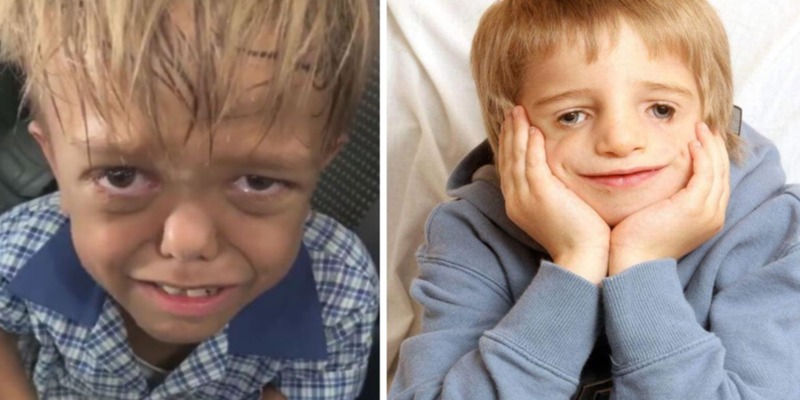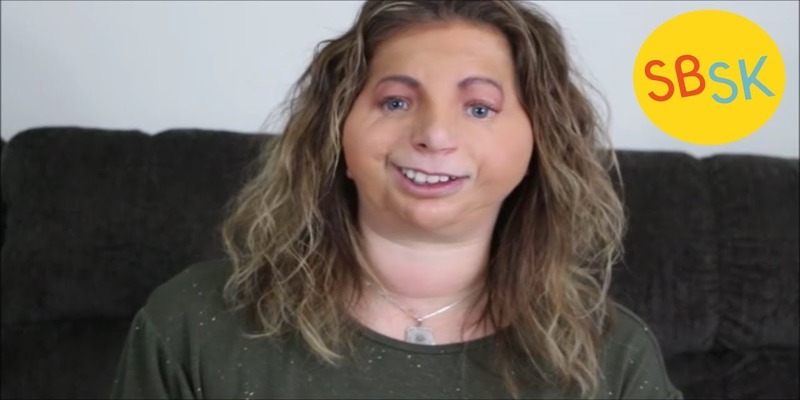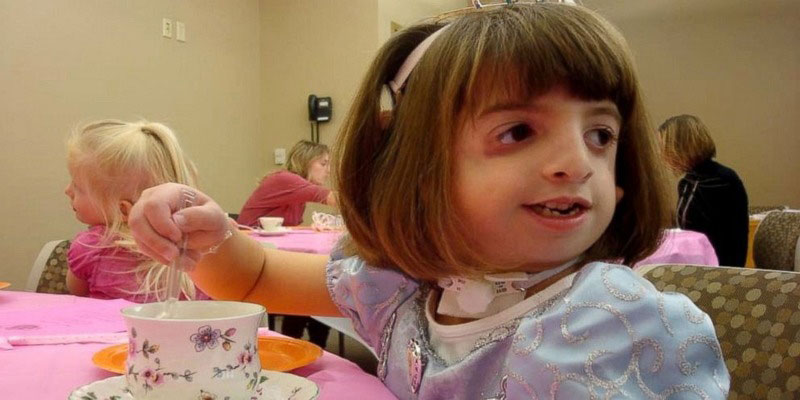Your kid may be affected by Treacher Collins syndrome, a set of uncommon hereditary diseases that alter the size, shape, and position of their ears, eyes, cheekbones, and jaws. This syndrome may affect one or more of your baby's senses, including their ability to breastfeed, bottle feed, breathe comfortably, and hear. Those children affected by this condition typically require ongoing medical care throughout their lives.
What Is Treacher Collins Syndrome?

Your child's ears, eyes, cheekbones, and jaws may develop if they have an exceedingly uncommon genetic disorder called Treacher-Collins syndrome. This syndrome may affect one or more of your baby's senses, including their ability to breastfeed, bottle feed, breathe comfortably, and hear.
The symptoms experienced by your kid may be quite subtle or severe. Surgery to rectify facial defects like cleft palate and therapy for hearing loss are common interventions for children with Treacher-Collins syndrome. Treacher-Collins syndrome is a lifelong medical condition.
What Signs Or Symptoms Does This Condition Have?
Children affected by the condition often have the following facial traits:
- They may have trouble breathing since their airways are partially closed.
- They often get the nickname "sad eyes" due to the apparent downward slope of their eyelids. They could appear to have been sobbing.
- They were born with an opening in the roof of their mouths, a disease known as cleft palate. Babies with cleft palates may have trouble latching on to breasts or using bottles.
- They have smaller-than-average heads and what look like flattened cheekbones.
- They have more diminutive lower jaws than neonates on average.
- Their ears may be smaller or shaped differently from other infants.
- Newborn hearing testing may reveal hearing loss. The three tiny bones in your kid's middle ear should be checked out, just in case. These skeletons are sound amplifiers.
Probable Reason For Treacher Collins Syndrome
Up to 93% of people with Treacher-Collins syndrome have a mutation in the TCOF1 gene. This chromosome 5 gene determines facial structure. It is unknown what causes TCOF1 to alter during conception in around half of all instances.
Other instances of Treacher Collins syndrome due to a mutated TCOF1 gene follow the autosomal dominant inheritance pattern. That's because the child gets one copy of the gene from the parent with Treacher-Collins syndrome and one copy from the other parent who doesn't have the disorder.
Changes in POLR1C and POLR1D account for an additional 2% of instances. How the alterations in the genes lead to the resulting facial differences must be clarified. During weeks 3–8, they are considered to trigger cell death in the face's bone, cartilage, and soft tissue.
Prenatal Detection of Treacher Collins Syndrome?
Regular ultrasounds allow doctors to monitor the progress of the fetus. Ultrasound images of your baby's face typically reveal distinguishing features around the start of the second trimester. The more severe types of Treacher-Collins syndrome may be detected via ultrasound.
What If My Child's Ultrasound Confirms Treacher-Collins Syndrome?
In treating patients with this illness, doctors must treat each case as though it were the first. You may expect support from your doctor if an ultrasound reveals that your kid may have Treacher-Collins syndrome.
How Can I Lower My Child's Treacher Collins Risk?
Inherited mutations in critical genes lead to the development of Treacher-Collins syndrome. Sadly, more than half of youngsters with the syndrome are not related to anybody else with the disorder. If this condition runs in your family, you may want to get genetic counselling to see how likely you are to pass it on to your offspring.
Operation For Treacher Collins Syndrome

Different types of craniofacial defects call for different types of surgical correction.
- Lower eyelid reconstruction
- Cleft Palate Repair (CPR)
- restoration of cheekbones and lower eye sockets
- rebuilding ears
- repositioning the lower jaw (orthognathic surgery)
- rhinoplasty, or nose surgery, to alter its appearance.
These procedures should be scheduled at the appropriate times, taking into account the child's age and developmental level. Eye surgery, for instance, can be done on infants, ear restoration between the ages of five and seven, and facial surgery once a person's face has finished developing in the late teen years. Most people who have reconstructive surgery report positive outcomes that improve their quality of life.
Genetic Counselling For Treacher Collins Syndrome
A genetic counsellor can be a valuable resource if your kid has been diagnosed with Treacher-Collins syndrome or if you suspect it may run in your family. Counselling and genetics are two areas in that genetic counsellors specialize.
They will be there for you emotionally and educate you on Treacher Collins syndrome and its origins, inheritance patterns, and implications for your child's health and development.
Genetic counsellors have the education and experience to give guidance while respecting the unique needs of each client's family, cultural background, and personal values.




